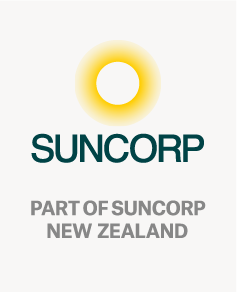Severe weather: If you are a Vero customer and need to claim, fill out our online claims form Claims | Vero or contact your broker.
Vero Insurance New Zealand Limited has been given an AA- insurer financial strength rating by S&P Global Ratings.
S&P Global Ratings Insurer Financial Strength Rating Scale*
AAA
An insurer rated 'AAA' has extremely strong financial security characteristics. 'AAA' is the highest insurer financial strength rating assigned by S&P Global Ratings.
AA
An insurer rated 'AA' has very strong financial security characteristics, differing only slightly from those rated higher.
A
An insurer rated 'A' has strong financial security characteristics, but is somewhat more likely to be affected by adverse business conditions than are insurers with higher ratings.
BBB
An insurer rated 'BBB' has good financial security characteristics, but is more likely to be affected by adverse business conditions than are higher-rated insurers.
BB, B, CCC and CC
An insurer rated 'BB' or lower is regarded as having vulnerable characteristics that may outweigh its strengths. 'BB' indicates the least degree of vulnerability within the range 'CC' the highest.
BB
An insurer rated 'BB' has marginal financial security characteristics. Positive attributes exist, but adverse business conditions could lead to insufficient ability to meet financial commitments.
B
An insurer rated 'B' has weak financial security characteristics. Adverse business conditions will likely impair its ability to meet financial commitments.
CCC
An insurer rated 'CCC' has very weak financial security characteristics, and is dependent on favorable business conditions to meet financial commitments.
CC
An insurer rated 'CC' has extremely weak financial security characteristics and is likely not to meet some of its financial commitments.
SD and D
An insurer rated 'SD' (selective default) or 'D' is in default on one or more of its insurance policy obligations. The 'D' rating also will be used upon the filing of a bankruptcy petition or the taking of similar action if payments on a policy obligation are at risk. A 'D' rating is assigned when S&P Global Ratings believes that the default will be a general default and that the obligor will fail to pay substantially all of its obligations in full in accordance with the policy terms. An 'SD' rating is assigned when S&P Global Ratings believes that the insurer has selectively defaulted on a specific class of policies but it will continue to meet its payment obligations on other classes of obligations. An SD includes the completion of a distressed debt restructuring. Claim denials due to lack of coverage or other legally permitted defenses are not considered defaults.
*Ratings from 'AA' to 'CCC' may be modified by the addition of a plus (+) or minus (-) sign to show relative standing within the major rating categories.
In its most recent Solvency Return filed with the Reserve Bank of New Zealand, Vero Insurance New Zealand Limited’s solvency position, as at 30 September 2025, was:
Company (Solo)
$517.9m
Solvency Capital
$247.7m
Adjusted Prescribed Capital Requirement
$270.2m
Adjusted Solvency Margin
209%
Adjusted Solvency Ratio
Consolidated Insurance Group
$835.6m
Solvency Capital
$389.5m
Adjusted Prescribed Capital Requirement
$446.1m
Adjusted Solvency Margin
215%
Adjusted Solvency Ratio

